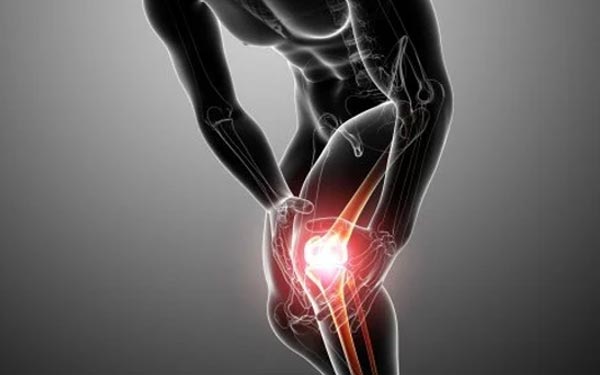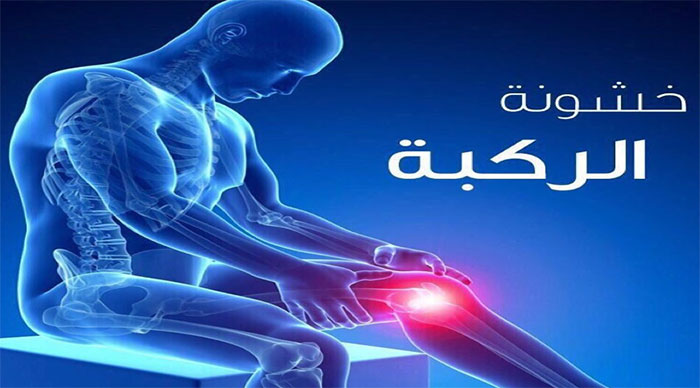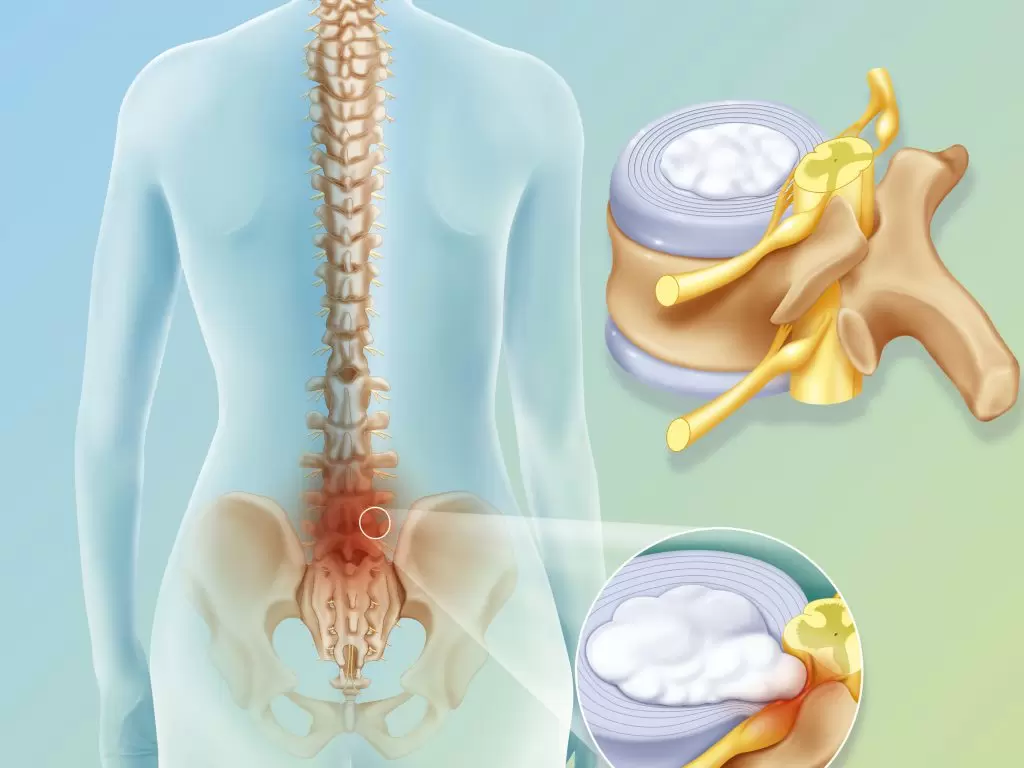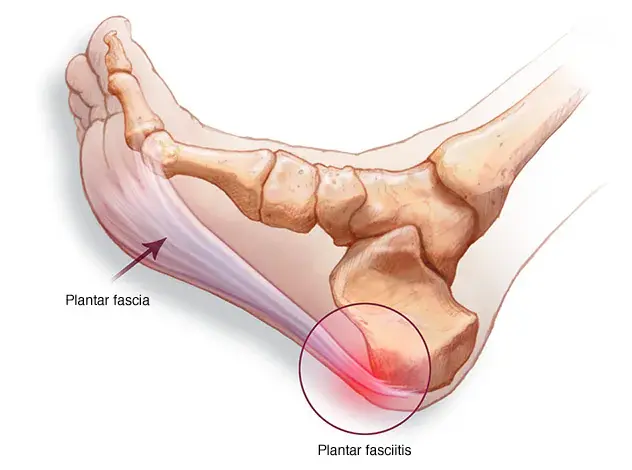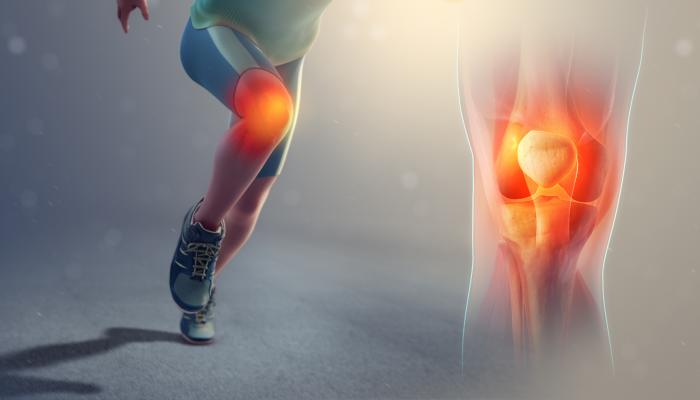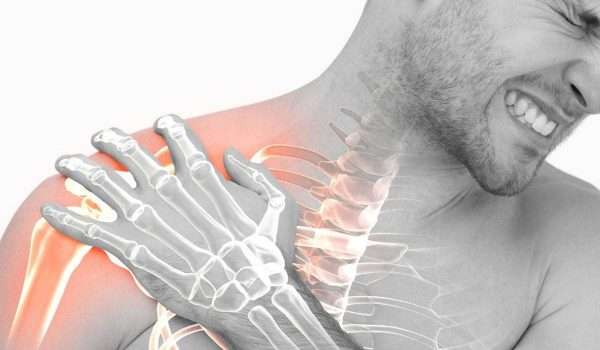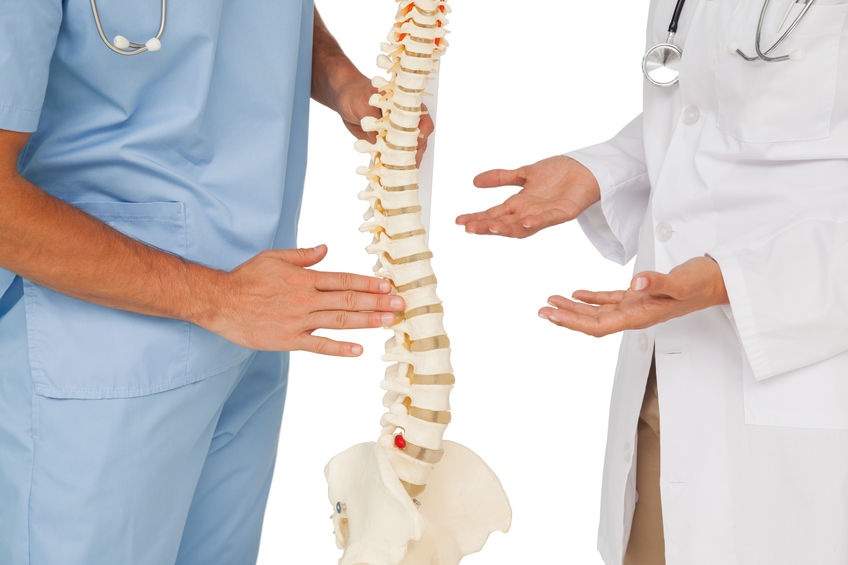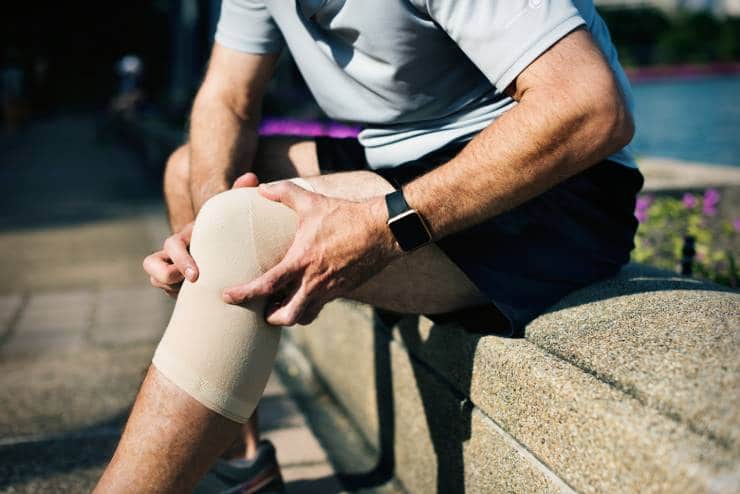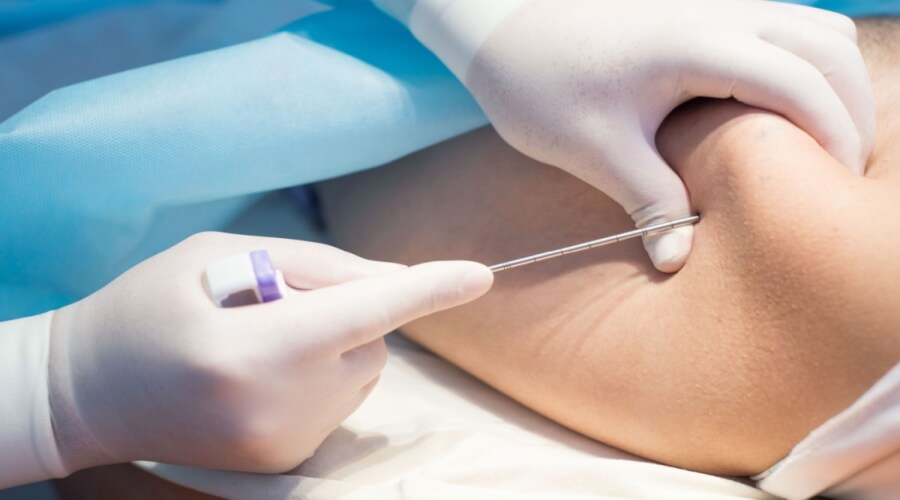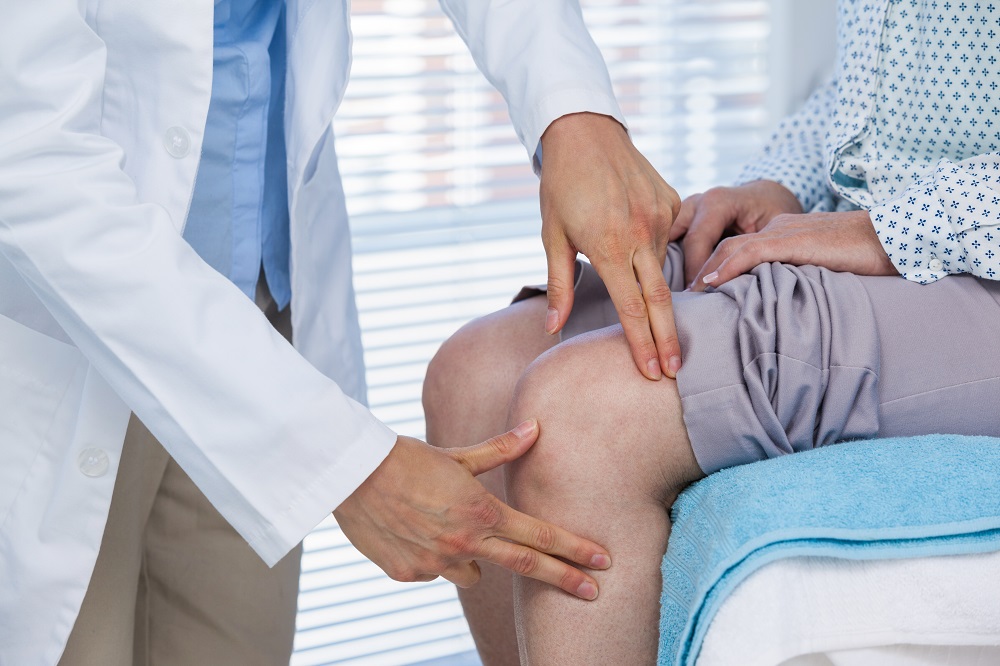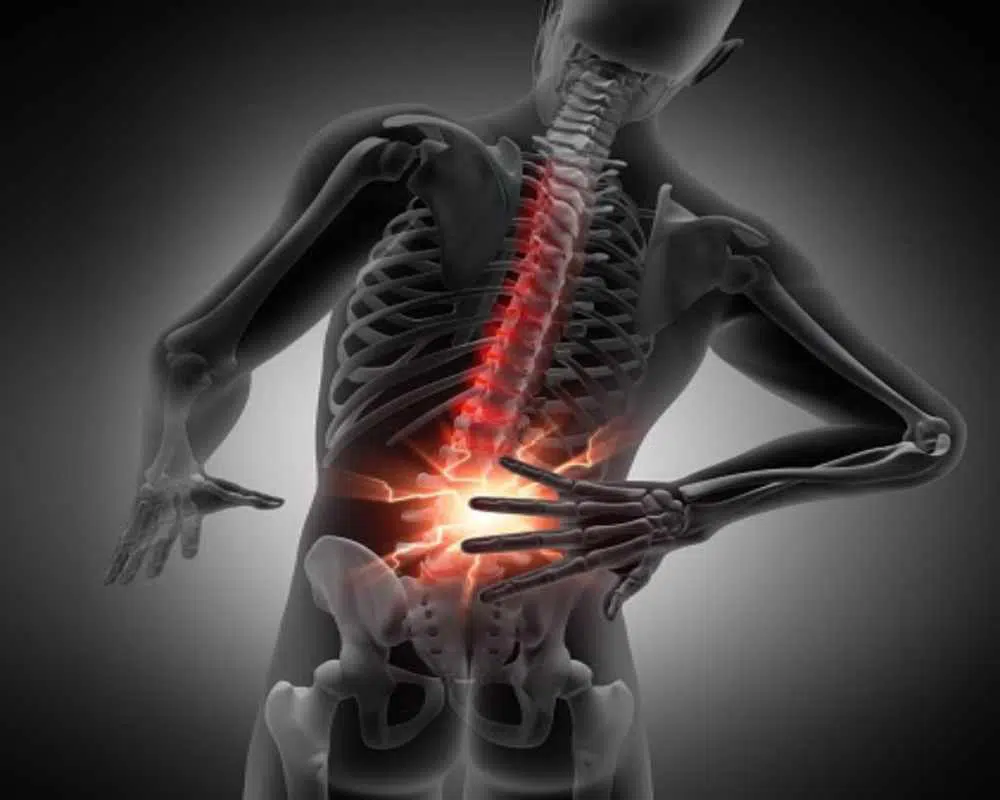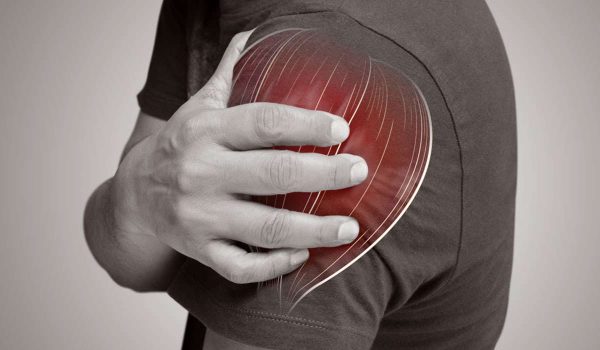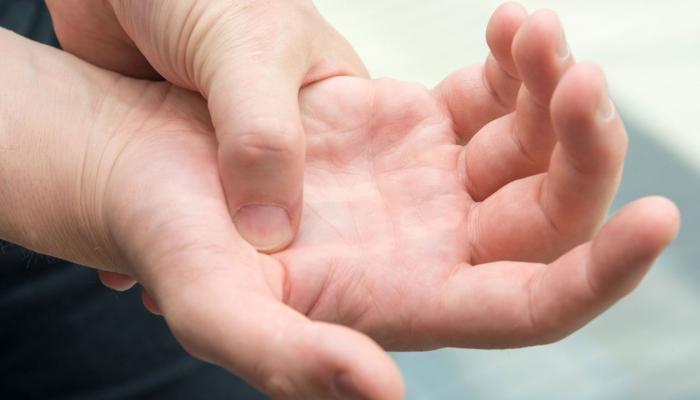Learn more about cartilage disease
Cartilage disease affects many individuals and this is one of the symptoms that accompany advancing age, but people may be infected with it at any stage of their lives and they must know how to deal with it in all cases. In the following article, we will learn about the most important information regarding this issue, so let us read the following.
Cartilage disease
Cartilage disease occurs as a result of the protrusion of the cartilaginous discs that are located between the vertebrae that make up the spine, and whose function is to prevent friction that occurs between the vertebrae and each other, which makes the movement of the spine very easy. These prominent discs cause severe pressure on the nerve roots that branch out from the spinal cord, causing neuromuscular diseases.
Types of a herniated disc
The type of herniated disc varies according to the location in which it occurs, and examples include:
- Cervical herniated disc: The second type is the most prevalent among individuals, where the prominent cartilage disc is one more between the cervical vertebrae.
- Thoracic herniated disc: It is one of the rarest types of herniated discs, and it occurs in the cartilage discs that are located in the thoracic vertebrae.
- Lumbar herniated disc: One of the most common types of herniated discs among individuals, and in this case the protrusion of the discs is between the lumbar vertebrae.
What is the treatment of cartilage inflammation?
There are many methods that the doctor may recommend if an individual suffers from costochondritis, for example:
- Anti-inflammatories: They can be very effective in relieving symptoms in people with mild illnesses.
- Steroids: an example of which is Prednisone, which has great effectiveness in reducing the severity of the inflammation that is felt.
- Other medications: Medications that slow down the immune system may be taken.
Cartilage regrowth
Exact fracture
This method is one of the surgical procedures through which the damaged cartilage areas are treated, and during this, the growth of new cartilage is stimulated if the damage in the sick person is minor and in the cartilage that does not contain blood vessels, most likely, this operation is performed in the knee joint It can also be used to treat some other joints (such as the hip, ankle, and shoulder).
Autologous Chondrocyte Implantation (ACI)
It is preferable to use it with individuals who are at a young age and have damage that exceeds 2 cm, and this procedure is divided into two steps and takes weeks to complete, and the first procedure is an example of a light surgery through which healthy cartilage cells are extracted, then they are cloned and developed in the laboratory from 6 to 8 weeks, and then another surgery is performed in which the newly transplanted cells are implanted in the damaged area.
Articular cartilage repair: Matrix-induced chondrocyte transplantation (MACI)
This requires two steps to repair the damage to the articular cartilage and this is done through the patient’s cultured cartilage cells and this is similar to the first step in ACI, and healthy cartilage cells are extracted from a weight-bearing place other than the knee, and then the cells are planted on a membrane. After a few weeks, the membrane is placed in the defect, which contributes to the regeneration of the cartilage.
Is cartilage a chronic disease?
Cartilage is not considered a chronic disease and can be cured in many cases over time, as it is enough for the patient to follow the doctor’s instructions exactly and take enough rest while adhering to physical therapy sessions and taking painkillers in case he feels pain, and the treatment may take time from a few weeks to 4 months, but if the period is longer than this period, then, in that case, it may require quick surgical intervention.
Is it possible for the slipped cartilage to return to its place?
In some cases, it may be possible for the slipped cartilage to return to its place after a period of treatment and adherence to the treatment plan that the doctor advises, and this is represented in the individual taking abundant rest while making sure to adhere to physical therapy sessions and doing some exercises that help overtime to return the cartilage to its place, but this is only in cases of mild injuries.
Is cartilage nourished?
Many individuals ask many questions about whether is cartilage nourished? The answer to this lies in the fact that they feed by drinking only through the nutrients filtered from the walls of the vessels around the cartilage to the basic substance and then to the cartilaginous cell since there are no vessels designated for it.
What food builds cartilage?
- Green leafy vegetables.
- legumes.
- Foods that are rich in Vitamin C.
- bone broth
- Foods that are rich in Vitamin D.
What is the cause of cartilage disease?
- Lifting heavy weights improperly.
- The presence of severe weakness in both the neck and back muscles and may be due to a hereditary factor or acquired over time.
- old age
- Excessive weight gain.
Does cartilage repair itself?
The cartilage can repair itself because many studies have proven that it has properties similar to salamanders and zebrafish that make it able to regenerate damaged parts over time, but a treatment plan is followed that the doctor prescribes according to the case and the extent of the development of symptoms and must be followed strictly to ensure a speedy recovery.


